When To Upgrade Your Irons
There's more to consider than just price when pondering when to upgrade your irons. Neil Tappin and Joel Tadman explain more in this video and piece...
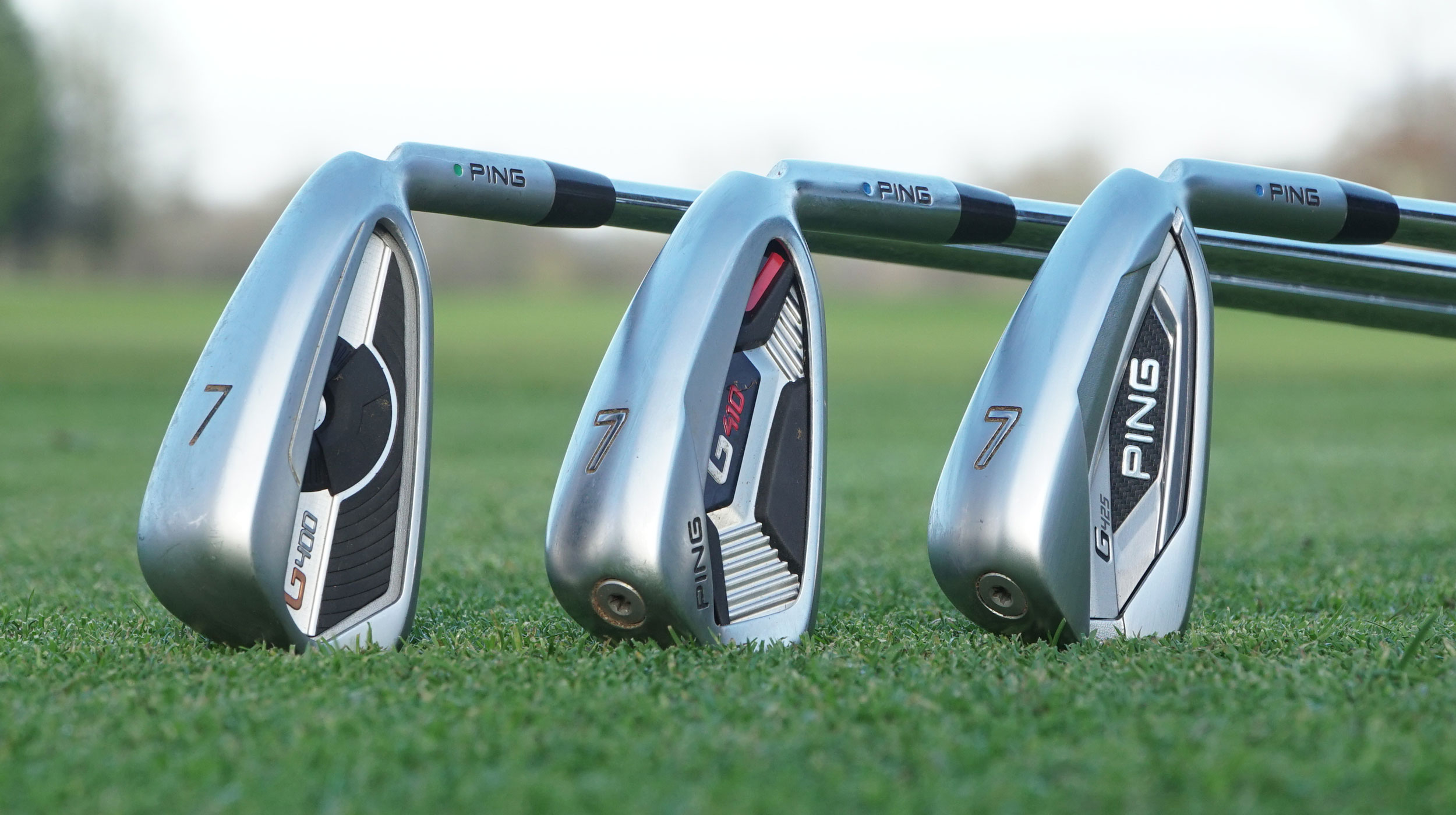

When To Upgrade Your Irons
Your iron set is one of biggest purchases you’ll make as a golfer, so it’s worth spending time researching things properly and choosing the right moment to invest in an upgrade. Price is obviously a primary factor, but whether you’re looking to progress on to the best golf irons on the market or are looking more at the best budget irons, there are several other things to take into consideration.
WATCH: When To Upgrade Your Irons
Is your handicap coming down or going up?
Is your game improving or perhaps slipping the other way for whatever reason? Try to make an honest appraisal of where you feel your iron play is, because it can impact on both the timing of when to invest and what type of iron to look at. For example if you are going down then a mid-handicap iron could be on the cards, whereas if you are going up, one of the best game improvement models might be best.
Handicap coming down
Why do you think your handicap is coming down? If it’s down to improved ball-striking you might want to consider how best to keep that improvement going. It may be that an iron that helps you achieve consistency of strike is now perhaps less important than something that gives you a more consistent ball flight. Perhaps it could be time to move from more of a game improvement design to one of the best compact shallow cavity models to help you sustain your progress. Going even further down, you might eventually decide to put a set of blades in the bag as well for workability and feel.
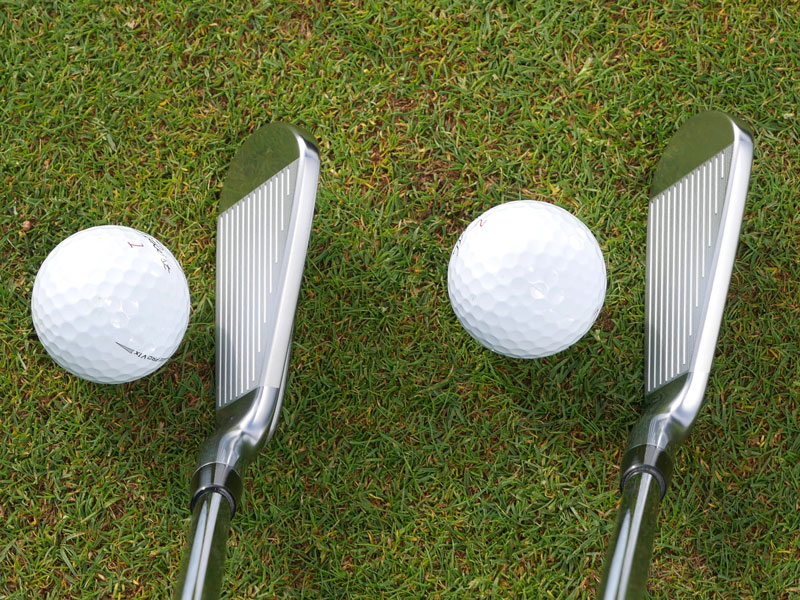
Handicap going up
Whether down to the passing years or perhaps a break from the game, your current irons may be geared towards feel and workability when what you actually now require is a little more strike assistance. If you’re not striking it out of the middle consistently, an iron that’s more stable and forgiving on off-centre hits, or a bit more confidence-inspiring to look down on, could be the answer – more of a game improvement model.
Get the Golf Monthly Newsletter
Subscribe to the Golf Monthly newsletter to stay up to date with all the latest tour news, equipment news, reviews, head-to-heads and buyer’s guides from our team of experienced experts.
But whichever way your handicap is going, don’t just assume that your iron play is the underlying reason. Try and keep some stats or records to shed some light on where your weaknesses lie as it’s only worth upgrading your irons if you can see scope for potential gains.
Feel and sound
These are important but not always easy to quantify. Feel and sound are perhaps where irons have improved the most in recent years.
Game improvement and mid-handicap irons in particular sound and feel much better than they did five to ten years ago, especially on off-centre hits. You’ll get better feel more often now even when you’re not finding the middle. The new breed of hollow-headed irons, geared up for more distance, also now sound much better – much less tinny and clicky than in the past.
Swing changes
Many golfers have lessons to improve, but as your technique changes, it can be that your current irons no longer suit your new swing and may be holding you back. For example, if your current irons have a fair amount of offset to help counter a fade or slice and you’ve now ironed that shape out, that offset will now be causing pulls or hooks.
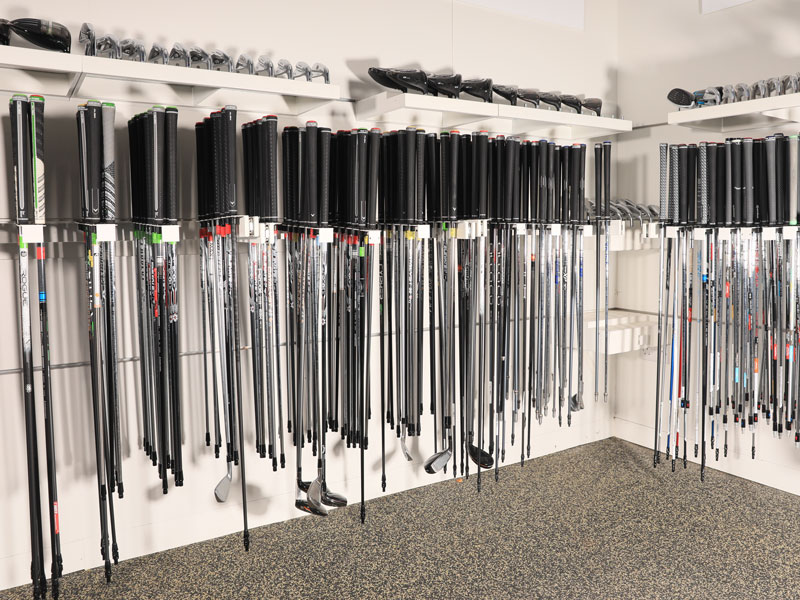
Being aware of shaft flex is an important part of this discussion
Think about shaft flex too. If you’re improving and generating more swing speed, it may be that a stiffer flex is required. Conversely, if your swing is slowing down with age, it may be that the stiff shafts you’ve played all your life are no longer suitable and are now actually holding you back.
Distance
Accuracy may be more important than distance with irons, but that hasn’t stopped manufacturers making big strides on the distance front. If you’ve been losing distance, upgrading to a modern set of irons might help you recoup some of that. It’s no secret that iron lofts have got stronger, with today’s 7-iron perhaps boasting the 5-iron loft of yesteryear.
But even though spin will be lower too, we’ve found that ball flight has remained pretty similar – so it’s still easy to get that stronger 7-iron up in the air, with descent angles remaining similarly steep for equal stopping power.
A couple of things to beware of, though – the number on the bottom of club means less than in past. We’ve seen 7-iron lofts from 26˚ up to 34˚, which can make a significant difference from set to set. And finding more distance with your irons may create gapping issues at both ends of the bag, so an iron upgrade may also mean having to tweak or refine your hybrid and wood line-up or your wedges to prevent big gaps emerging.
Looks
This is a personal thing - it’s all about confidence over the ball. If you’re not comfortable with what you’re looking down on, that can lead to poor swings. One big improvement of late has been in the looks of game improvement irons – they’re a little bit more compact and sleek-looking, which some mid- to high-handicappers may prefer.
Other golfers prefer a chunkier look over the ball, and many brands have also introduced quite large-headed irons – some even more hybrid-style throughout the set. These can be more forgiving and easier to launch. Only you can decide what you like to look down on – for example, how thick a topline, how much offset?
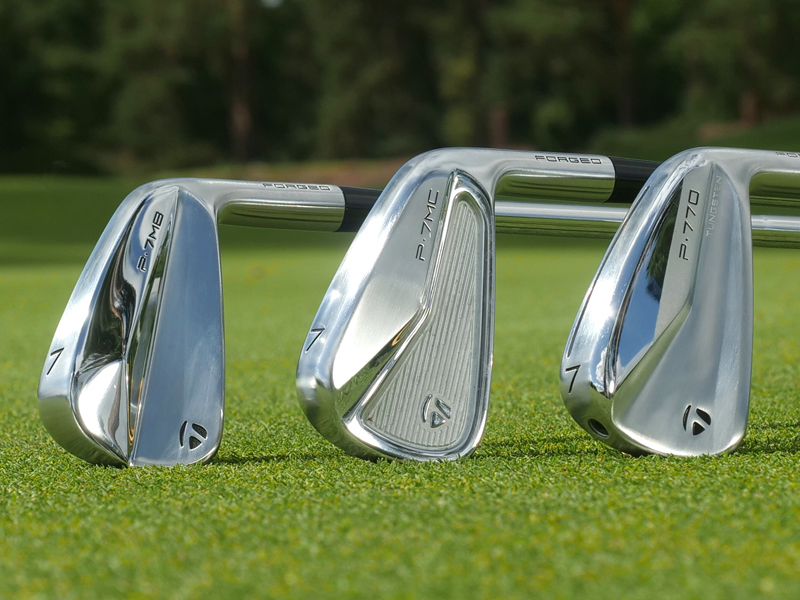
In some irons you can even see the back of the cavity at address, which some golfers may like and others may not. If you’re not keen, always check out the long irons in particular where this will be most obvious.
So, when to upgrade your irons? We’re not going to say every five years, seven years or whatever, although the faces and grooves will deteriorate over time, especially if you play a lot of golf. It’s less about time, and much more about what’s going on in your golf game and which way it’s heading.
For more iron buying advice, check out our guides on the best irons for seniors, or best irons for beginners.

In July 2023, Neil became just the 9th editor in Golf Monthly's 112-year history. Originally working with the best coaches in the UK to produce instruction content, he has also presented many Golf Monthly videos looking at all areas of the game from Tour player interviews to the rules of golf.
Throughout his time with the brand he has also covered equipment launches that date back well over a decade. He clearly remembers the launch of the Callaway and Nike square drivers as well as the white TaylorMade driver families, such as the RocketBallz! If you take a look at the Golf Monthly YouTube channel, you'll see his equipment videos dating back over a decade! He has also conducted 'What's In The Bag' interviews with many of the game's best players like Rory McIlroy, Dustin Johnson and Jon Rahm. Over the years, Neil has tested a vast array of products in each category and at drastically different price-points.
Neil is currently playing: Driver: TaylorMade Stealth Plus Fairway Wood: Titleist TSR2 Hybrid: Titleist TS3 Irons: PING Blueprint S (4&5), PING Blueprint T (6-PW) Wedges: Titleist Vokey SM7 50˚, 54˚, 60˚ Putter: Odyssey Triple Track Ten Ball: Titleist Pro V1X
- Joel TadmanDeputy Editor
- Sam TremlettSenior E-commerce Editor
-
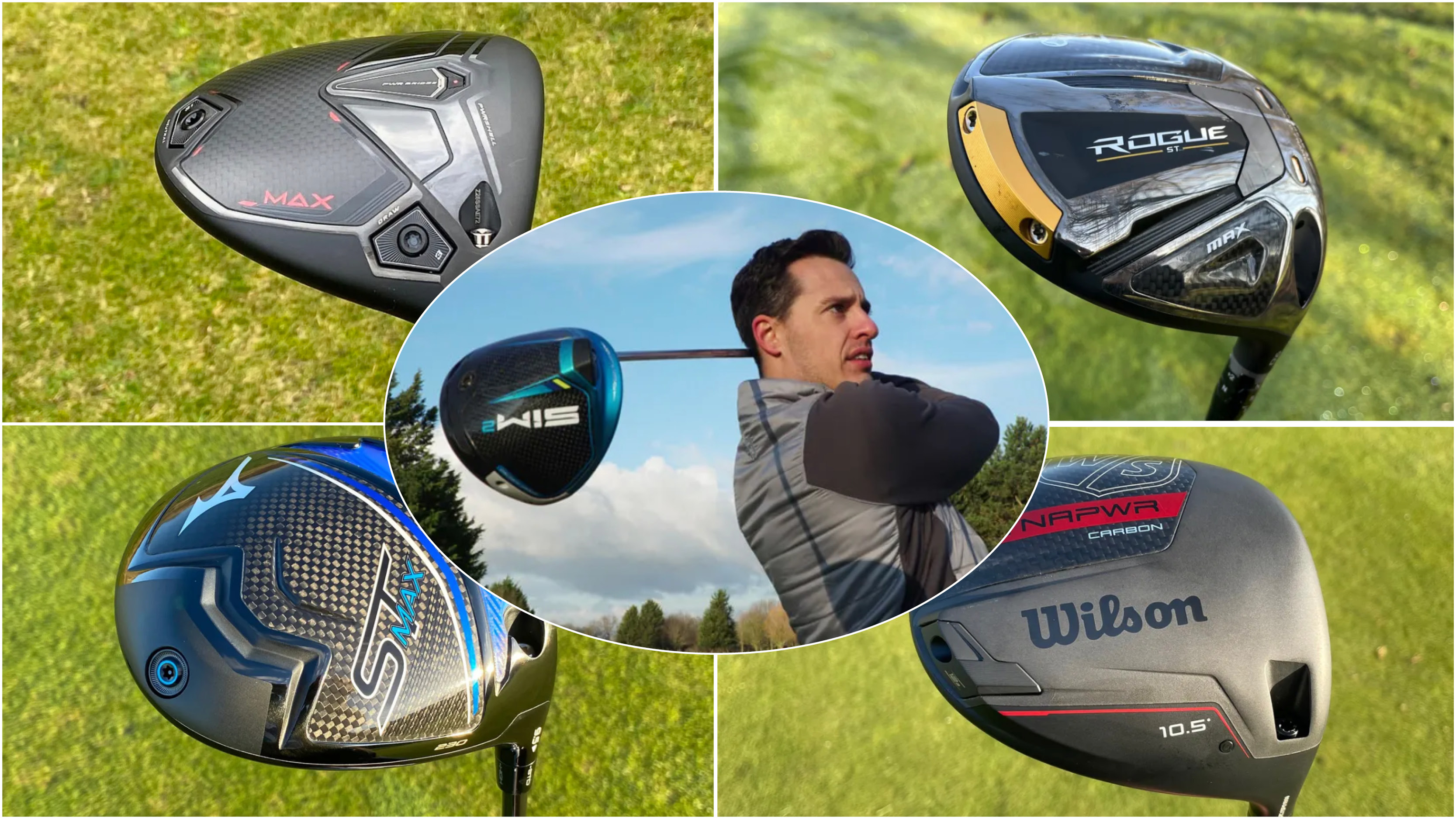 If You Need A New Driver, Here Are 5 Excellent Models Under $300
If You Need A New Driver, Here Are 5 Excellent Models Under $300Want a new driver but the high prices are putting you off? Here are five great value options from the PGA TOUR Superstore sale!
By Sam Tremlett
-
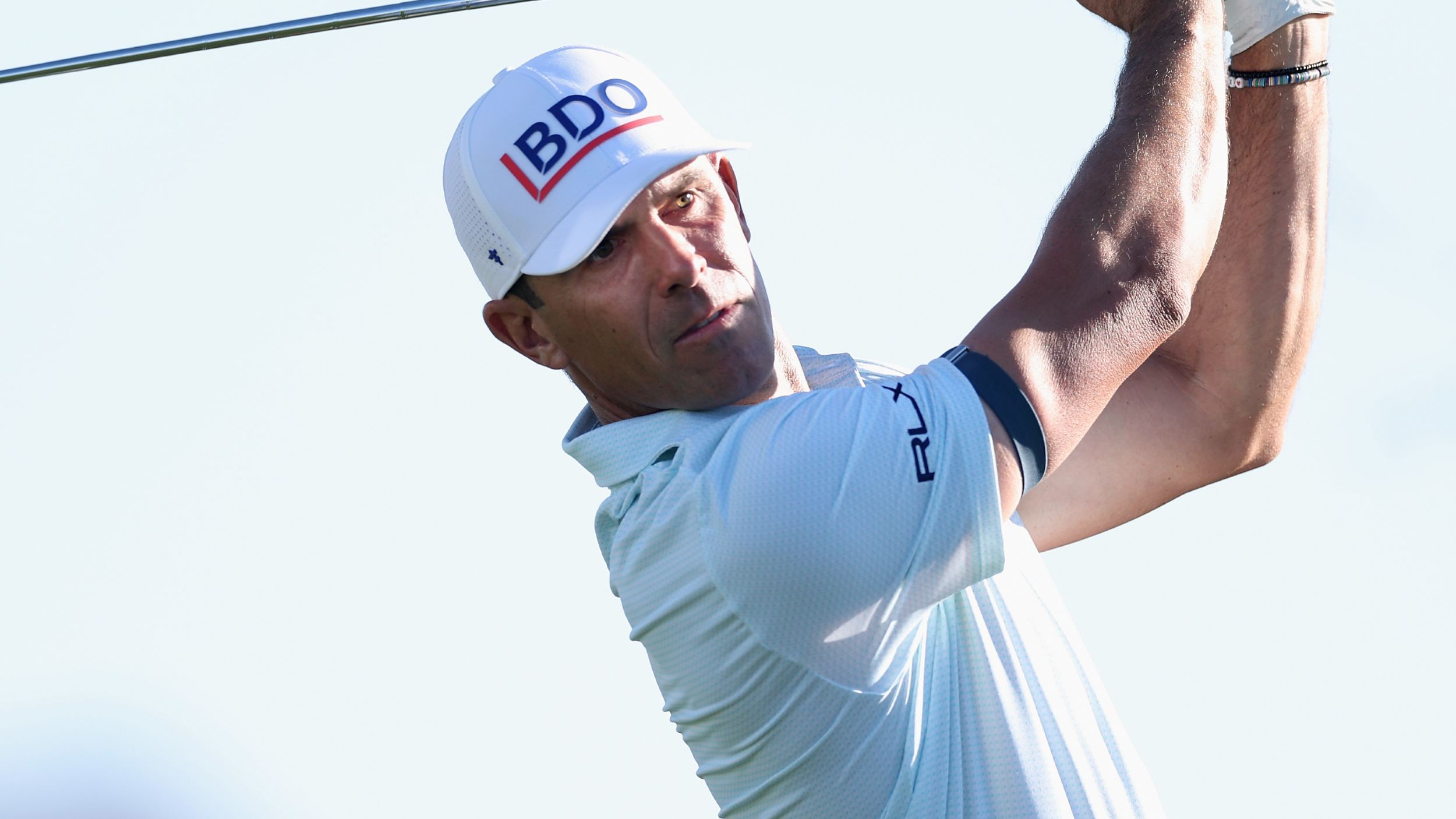 Two-Time Champion Billy Horschel Forced To Withdraw From Zurich Classic Of New Orleans
Two-Time Champion Billy Horschel Forced To Withdraw From Zurich Classic Of New OrleansTwo-time winner Billy Horschel was forced to pull out of the Zurich Classic of New Orleans due to what he called a "lower body injury"
By Paul Higham
-
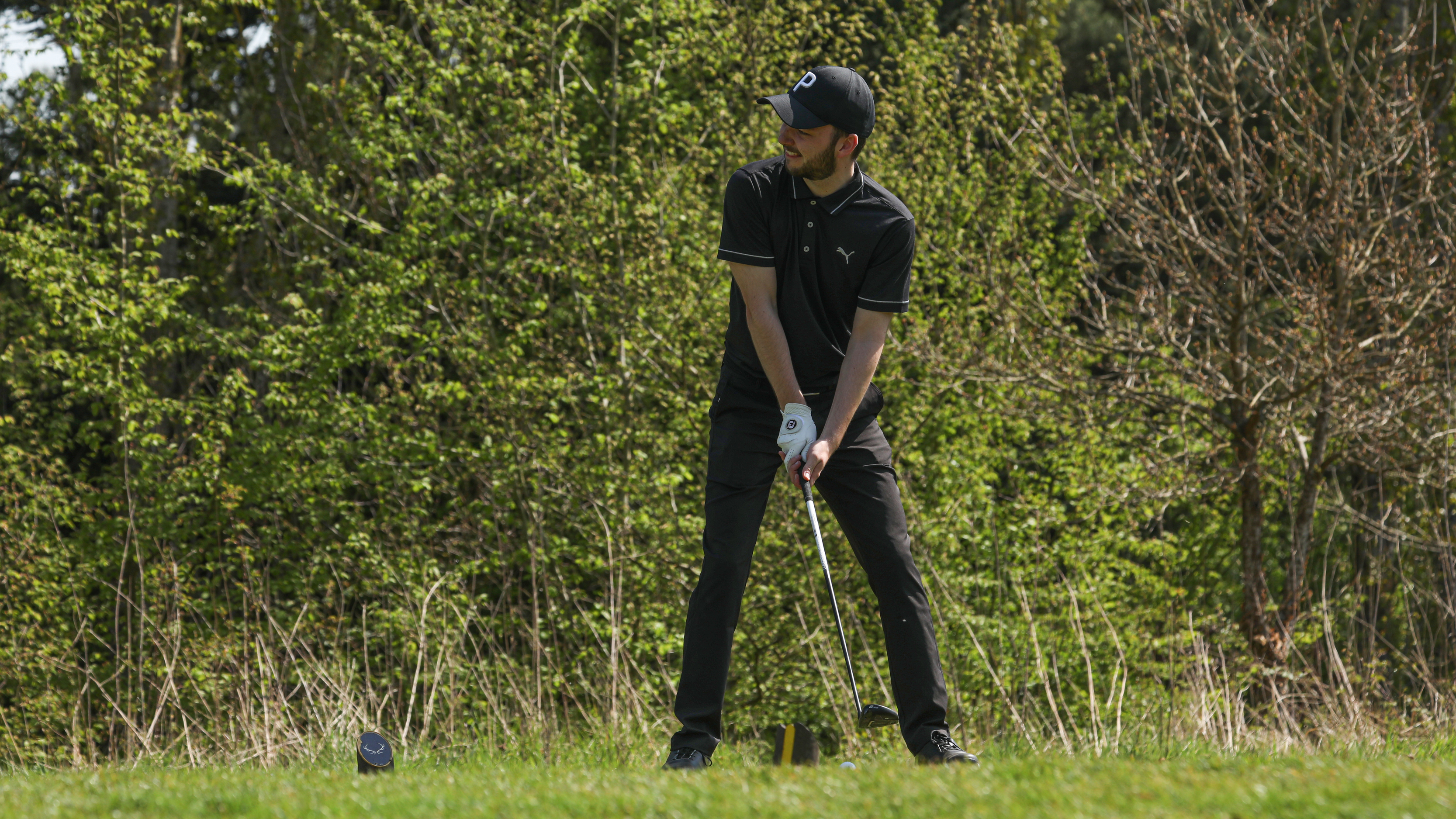 7 Ways To Play Better Without Spending Money
7 Ways To Play Better Without Spending MoneyGetting better at golf doesn't have to be as expensive as you might think...
By Andrew Wright
-
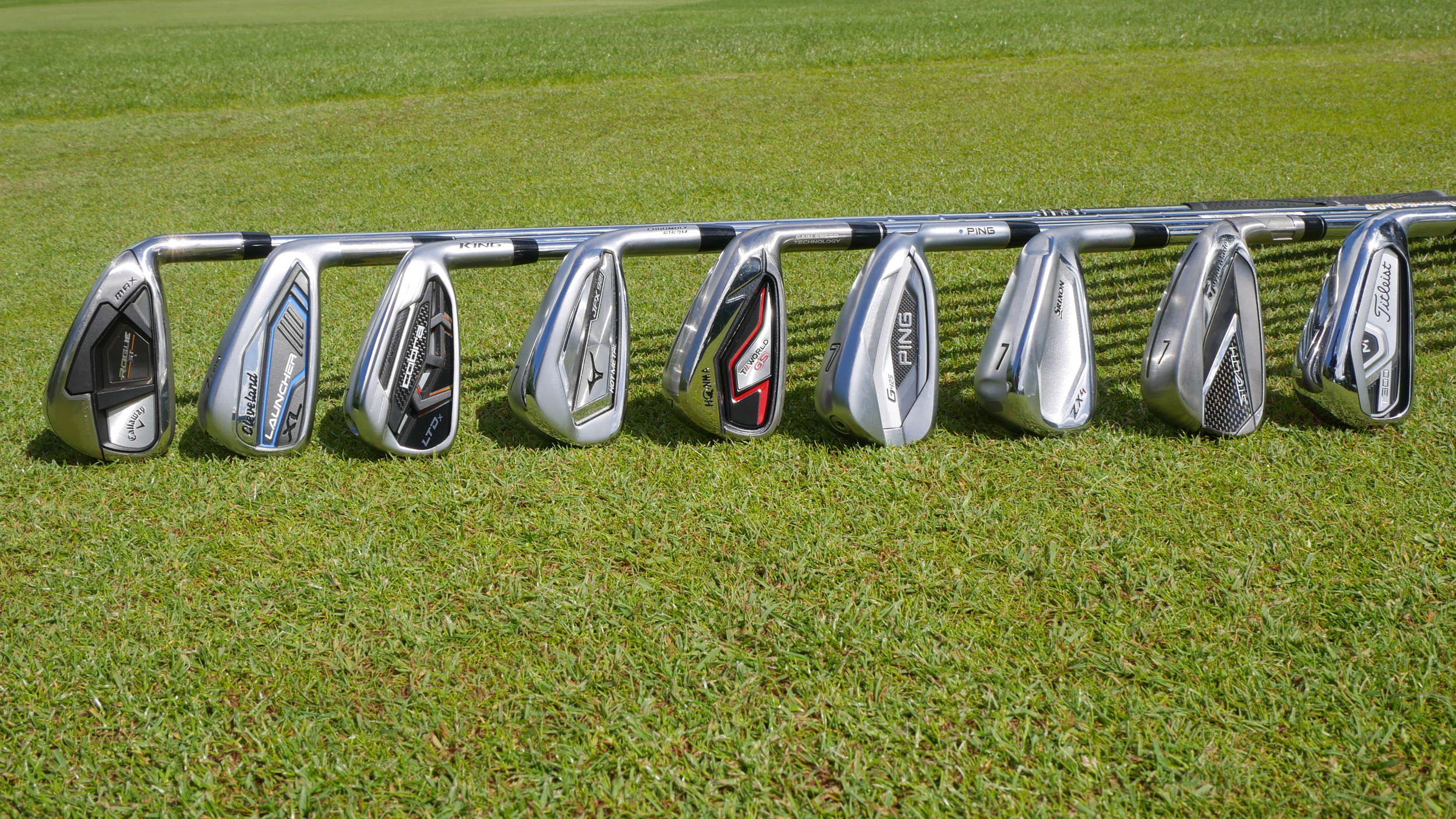 How To Pay Less For Your Next Set Of Irons
How To Pay Less For Your Next Set Of IronsIrons are an expensive investment, but there's plenty of ways to pay less for your next set...
By Dan Parker
-
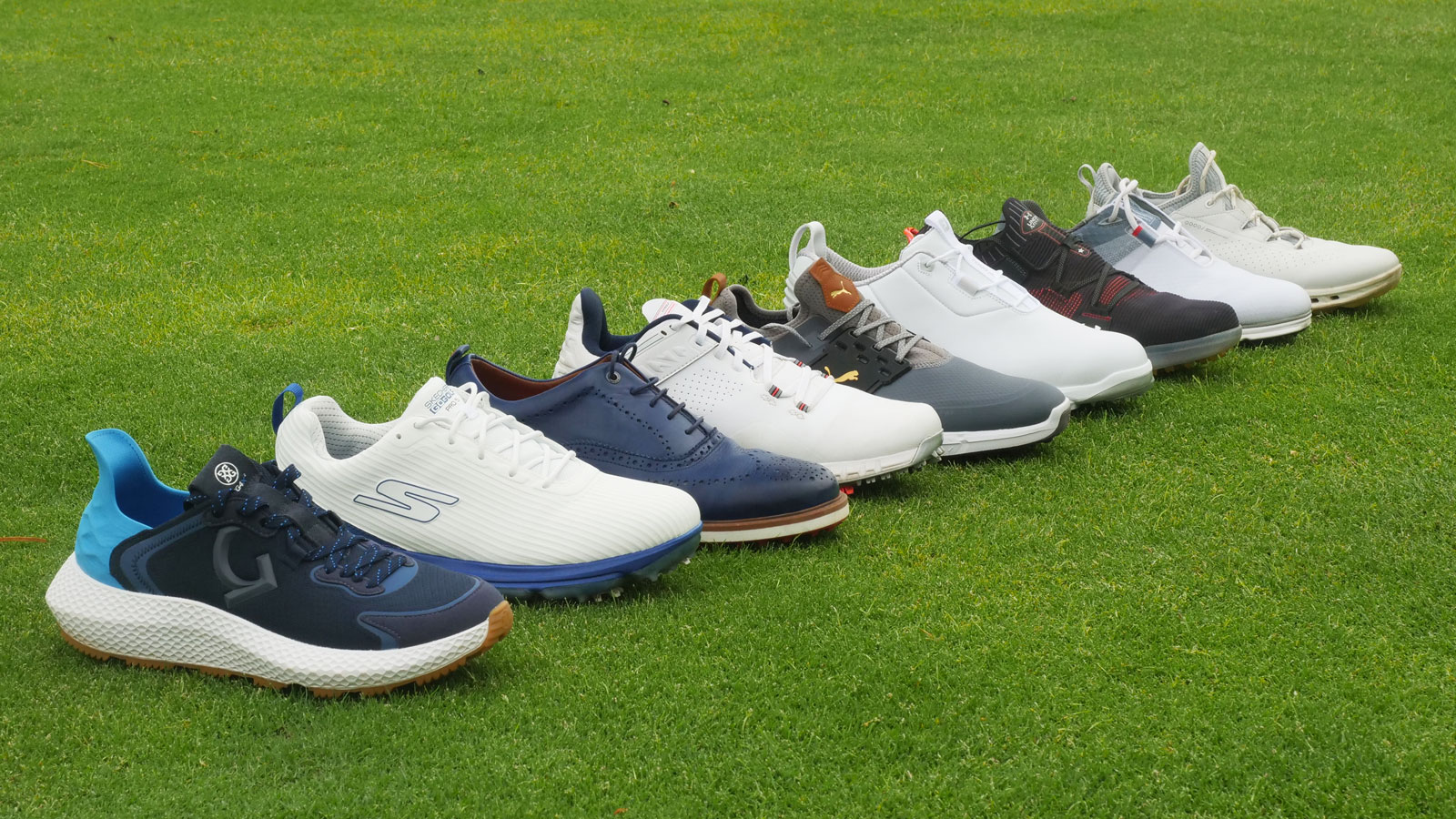 How To Make Your Golf Shoes Last Longer
How To Make Your Golf Shoes Last LongerHere are some top tips on how to get the most out of your latest pair of golf shoes
By Dan Parker
-
 “I've Always Played A Premium Ball But Now I've Decided To Switch... Here's Why"
“I've Always Played A Premium Ball But Now I've Decided To Switch... Here's Why"Longstanding contributor, Jeremy Ellwood, explains why he's moved away from playing the premium balls he'd always relied on
By Jeremy Ellwood
-
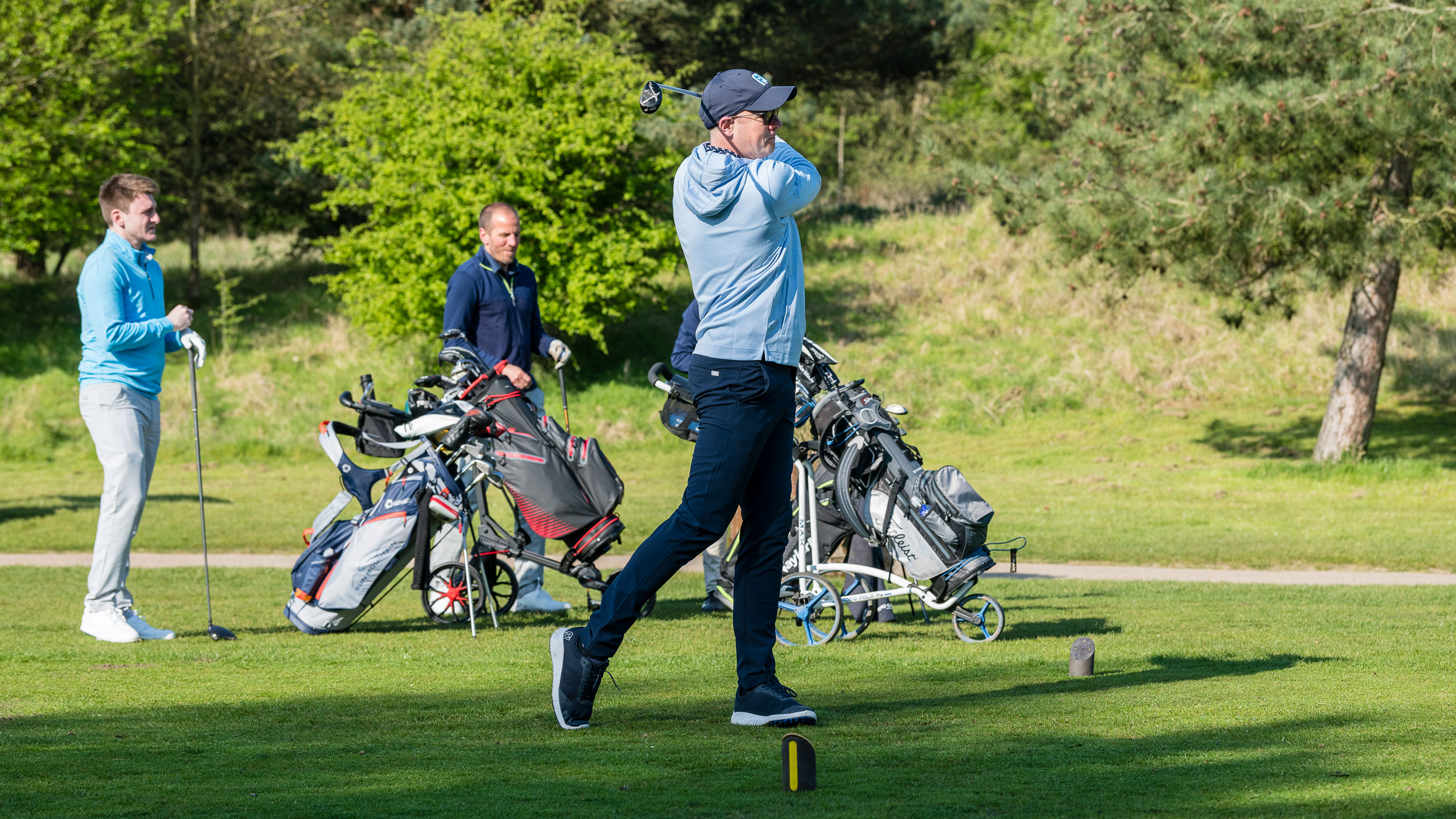 15 Easy Ways To Make Golf More Affordable
15 Easy Ways To Make Golf More AffordableGolf is an expensive endeavor but there are ways you can save money when it comes to every aspect of your game that will add up in a big way over time
By Chris Wallace
-
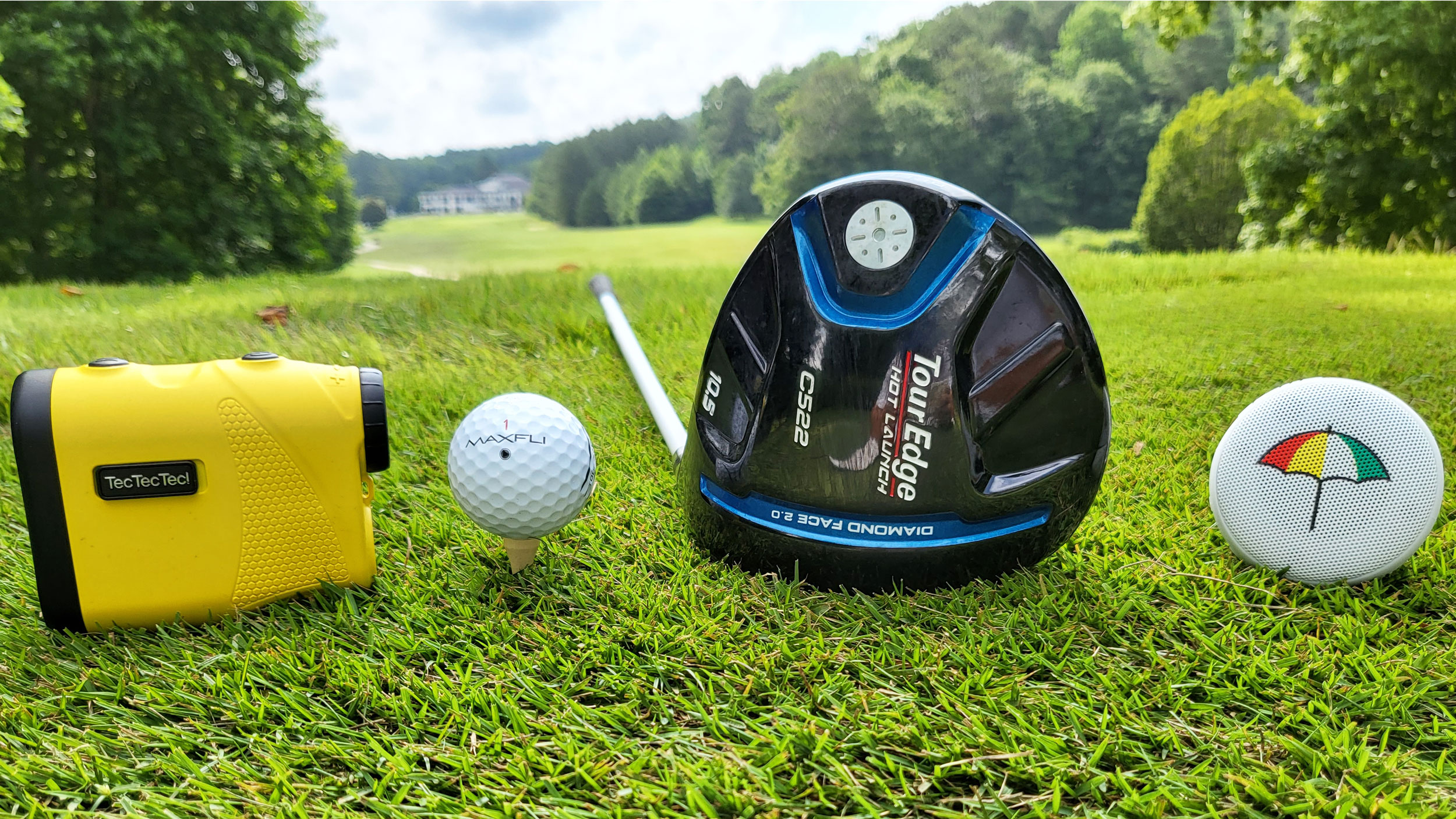 20 Best Cheap Golf Products
20 Best Cheap Golf ProductsOur picks for quality golf products that will help you play better golf and save money in the process
By Chris Wallace
-
 Where To Spend And Save Money On Golf Gear
Where To Spend And Save Money On Golf GearJoel Tadman and Dan Parker give their thoughts on where to spend and where to save money on new golf gear
By Joel Tadman
-
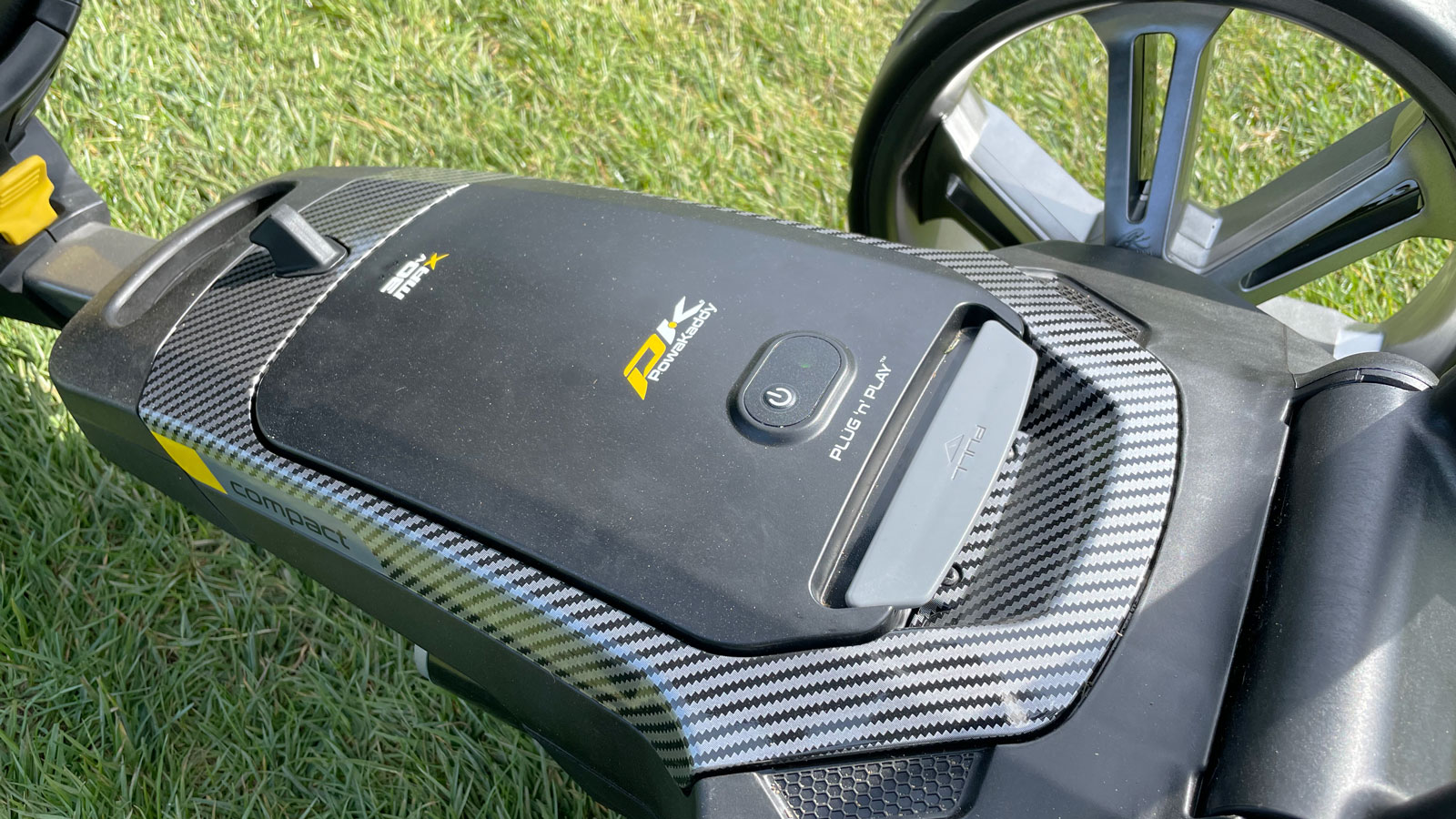 How To Make Golf Cart Batteries Last Longer
How To Make Golf Cart Batteries Last LongerWe take a look at some practical advice from manufacturers on how to make golf cart batteries last longer
By Dan Parker